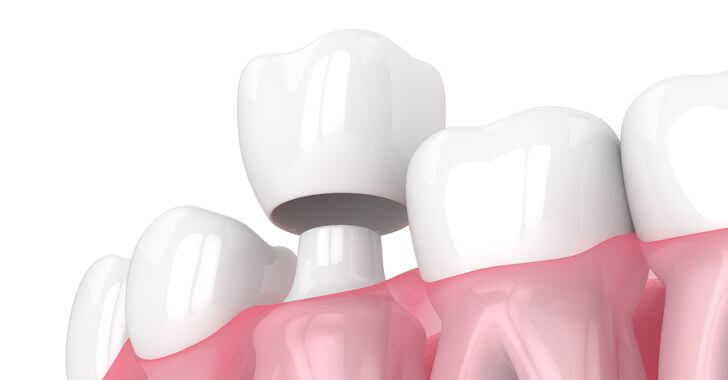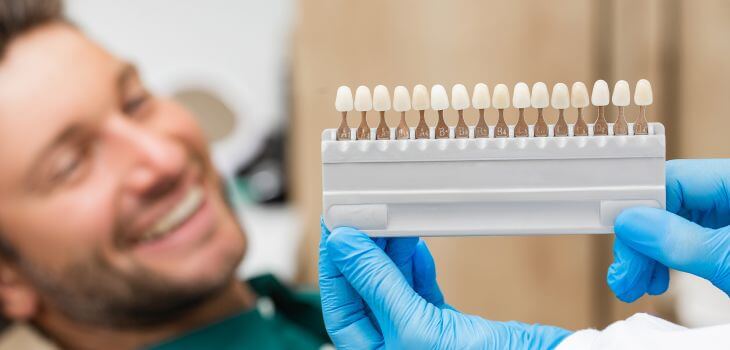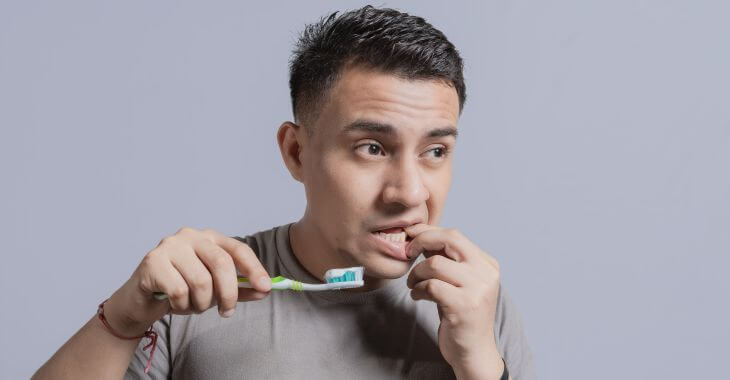Why Does My Crown Hurt When I Put Pressure on It?

Experiencing pain or discomfort when applying pressure to a dental crown can be frustrating. A crown is designed to restore and protect your tooth, but several factors could cause discomfort. Understanding the reasons behind this pain is essential to finding relief and addressing the underlying issue.
Common Reasons for Tooth Pain After a Crown
Are you wondering, “Why does my crown hurt when I put pressure on it?” Tooth pain after a crown is not uncommon, especially if the crown has recently been placed. Here are some common reasons why the tooth under your crown might hurt:
1. Sensitive Tooth Nerves
The process of placing a crown involves removing a portion of the natural tooth structure. This can sometimes irritate the nerves inside the tooth, leading to temporary sensitivity or pain when pressure is applied.
2. High Crown Placement
If the crown is slightly higher than the surrounding teeth, it can cause an uneven bite. This imbalance can result in discomfort or pain, especially when chewing or biting down.
3. Inflammation or Infection
In some cases, the tooth under the crown hurts due to inflammation or infection. This can occur if bacteria enter the area before or during the crown placement, leading to issues that require prompt attention.
4. Bruxism (Teeth Grinding)
Clenching or grinding your teeth, especially at night, can put excessive pressure on the crown. Over time, this added stress can cause tooth pain or even damage the crown.
5. Gum Irritation
The gum tissue around the crown might become irritated, particularly if the crown’s edges are not perfectly smooth or if it was improperly fitted. This irritation can cause localized pain.
Long-Term Tooth Pain After a Crown
While some discomfort is expected immediately after receiving a dental crown placement, pain that persists for weeks or months after the procedure could indicate a more serious issue.
1. Decay Under the Crown
Even with a crown, the natural tooth structure underneath remains susceptible to decay. If bacteria become trapped beneath the crown, it can lead to tooth decay and pain or infection.
2. Root Canal Complications
If the crowned tooth previously had a root canal procedure, pain could signal complications, such as incomplete removal of nerve tissue or infection.
3. Crown Material Sensitivity
Certain crown materials, such as metal or porcelain, may cause an allergic reaction or sensitivity in some individuals. Discussing material options with your dentist can help prevent this issue.
4. Fractured Tooth
If the tooth under the crown has a crack or fracture, it can cause significant pain when pressure is applied. This issue requires immediate dental attention.
Diagnosing the Cause of Pain
To determine why your crown hurts when you put pressure on it, your dentist will perform a thorough evaluation. This may include:
- Visual Examination: Checking the fit and condition of the crown and surrounding gum tissue.
- X-Rays: Identifying underlying issues, such as decay, fractures, or infection.
- Bite Analysis: Ensuring your bite is even, and the crown is properly aligned with adjacent teeth.
Based on the findings, your dentist will recommend appropriate treatment to address the issue and alleviate the pain.
Treatment Options for Tooth Pain After a Crown
The treatment for tooth pain under a crown depends on the cause of the discomfort. Here are some common solutions for relieving tooth pain after a crown:
1. Adjusting the Crown
If the crown is too high or improperly aligned, your dentist can make minor adjustments to improve your bite and eliminate pressure-related pain.
2. Treating Infections
For infections or inflammation, your dentist may recommend antibiotics or perform a root canal to remove infected tissue and preserve the tooth.
3. Replacing the Crown
In cases of poor fit or damage, replacing the crown may be necessary to restore comfort and functionality.
4. Managing Bruxism
If grinding or clenching is causing pain, your dentist may recommend a custom mouthguard to protect your teeth and crown.
5. Addressing Decay or Fractures
For decay or fractures under the crown, your dentist will remove the damaged tissue and determine the best way to restore the tooth.
Preventing Tooth Pain After a Crown
While some causes of crown pain are unavoidable, taking certain precautions can reduce your risk:
- Practice Good Oral Hygiene: Brush and floss daily to prevent decay and gum issues around the crown.
- Wear a Mouthguard: Protect your crown from grinding and clenching damage, especially during sleep.
- Regular Dental Checkups: Routine visits allow your dentist to monitor your crown and address minor issues before they become significant.
- Be Mindful When Eating: Avoid biting down on hard or sticky foods that could damage your crown.

When to See Your Dentist
If your crown hurts when you put pressure on it and the pain persists or worsens, it is essential to consult your dentist promptly. Ignoring the issue could lead to more severe complications, including tooth loss or infection.
The information provided on this website, including text, graphics, images, and other materials, is intended solely for informational purposes and should not be used as a substitute for professional medical advice, diagnosis, or treatment.




)